Take a closer look at the what lies ahead for the coming months and years of the hair and beauty landscape.
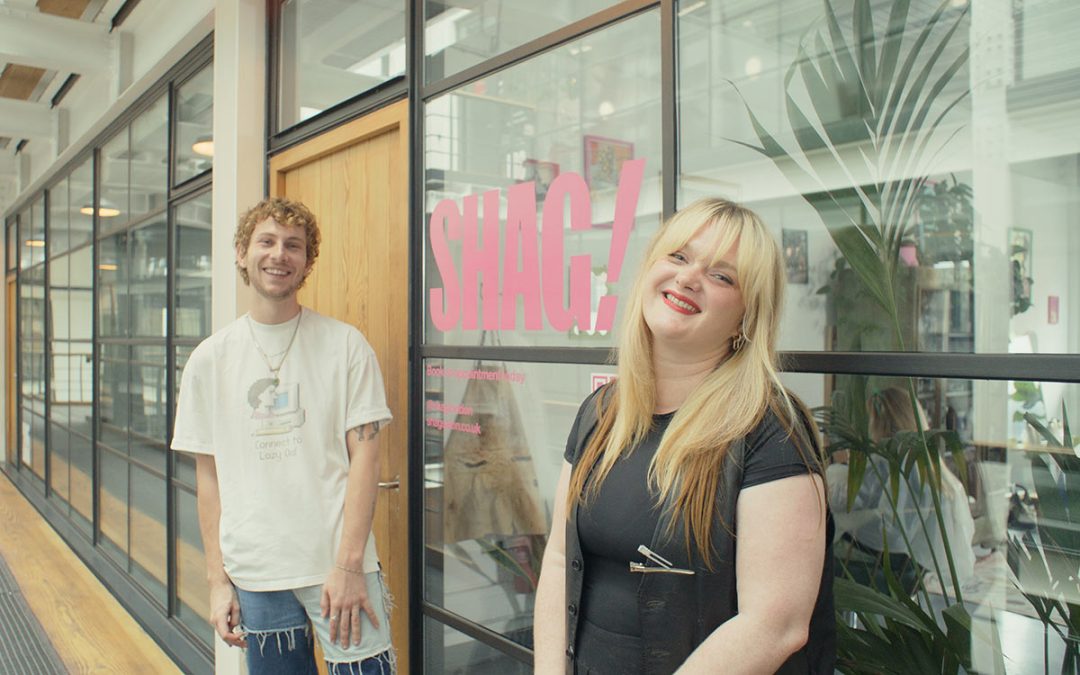
THE TOP TWO CULTURAL DRIVERS EVERY SALON OWNER SHOULD KNOW
THE TOP TWO CULTURAL DRIVERS EVERY SALON OWNER SHOULD KNOW
Promotion – Fresha
Take a closer look at the hair and beauty landscape for the months and years ahead.
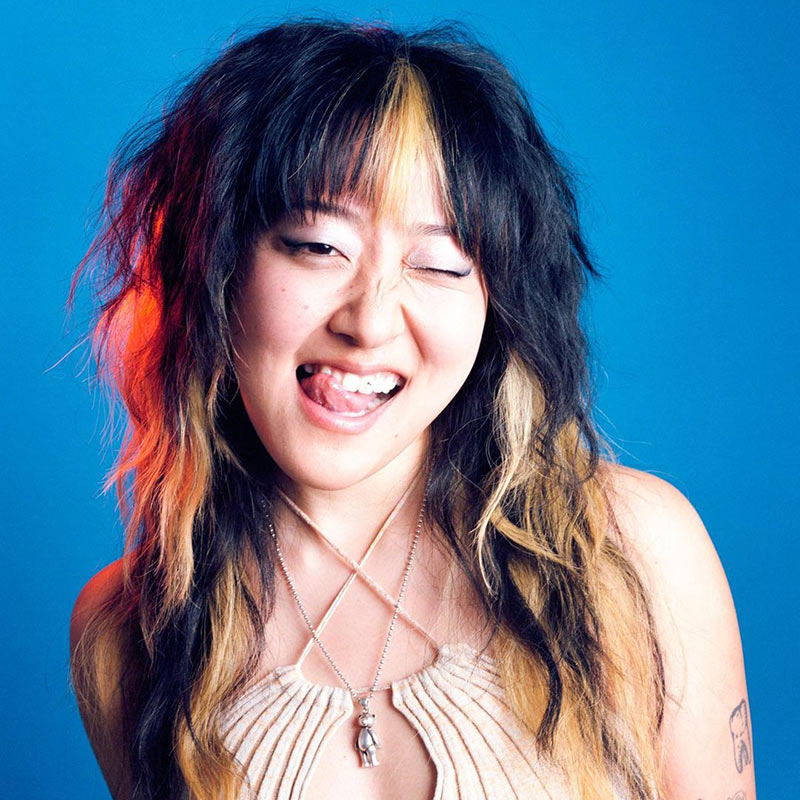
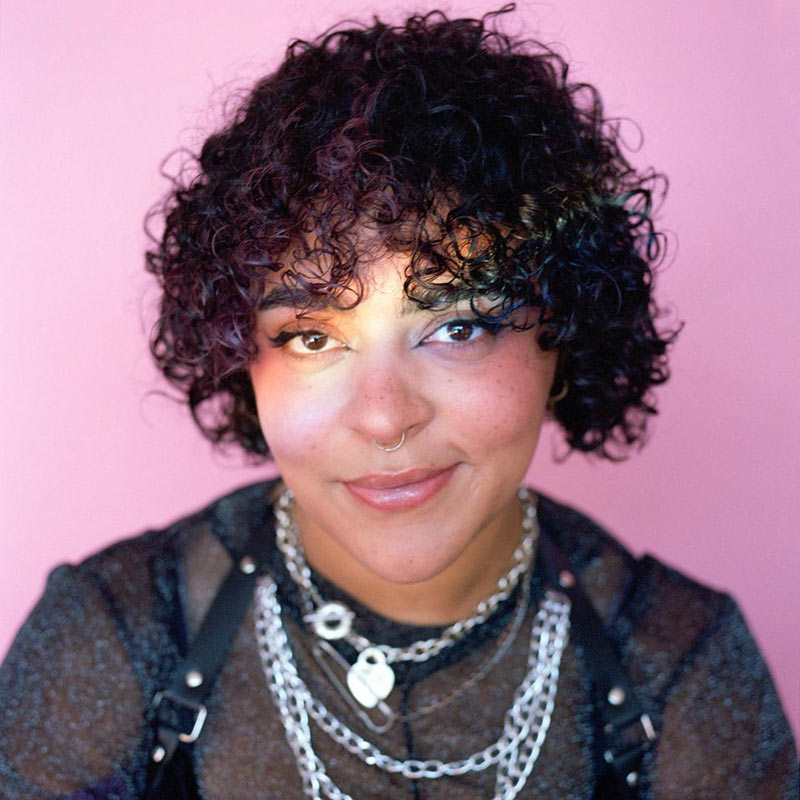
The ever-evolving beauty and wellness industry is being propelled daily by cultural drivers and technological change. Clients and consumers respond to trends, and this determines the direction of the future of the industry, meaning that staying ahead of the curve is a key way to capitalise on these trends for your business.
Fresha, one of the world’s biggest salon software providers, published its first trend report crafted from more than 1,000 consumer surveys across three continents, as well the data from 600 million bookings on its platform, to nail exactly what is trending and what the future has in store. The good news? It features a whole lot of fun!
Dopamine beauty and cultural intellect are set to dominate the landscape as consumers place higher value on diversity, expression, and emotional wellbeing. This is triggering a rise in beauty services that are inclusive, meaningful, and playful, with consumers prioritising their self-expression and focussing on finding services that are right for them.
Shag! salons is incorporating these trends into its businesses across London, ensuring clients can embrace colourful, inclusive services.
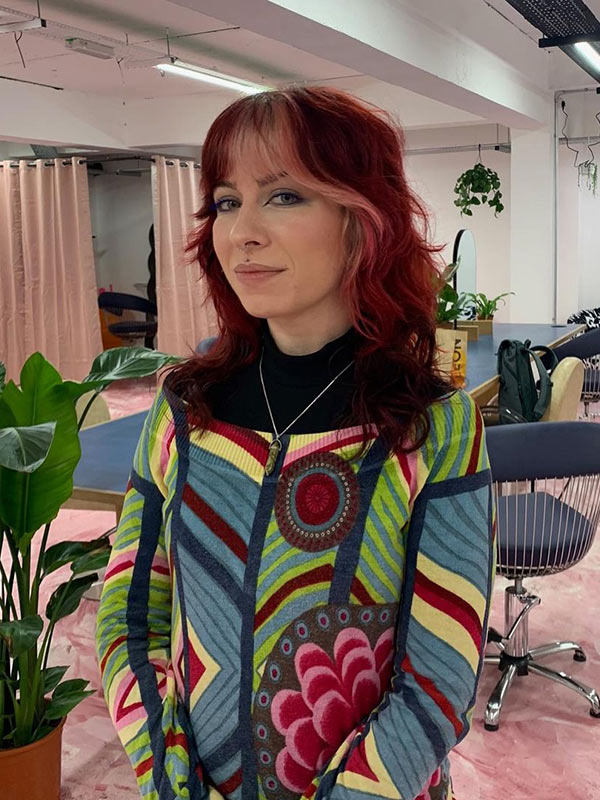
Client at Shag! London
So, what’s dopamine beauty?
Wellness that prioritises playfulness.
Dopamine beauty is centred around exploring self-expression through colours, textures, and scents for the ultimate feel-good factor. The trend focusses on joy and mental wellbeing and is an extension of the ‘clean girl aesthetic’ or ‘no make-up make-up’ trends that social media platforms such as TikTok have seen skyrocket in popularity. A surprising 58.5 per cent of consumers think wellness is about how they feel mentally, rather than physically, so dopamine ditches the beige and brings back youthful wonder, presenting opportunities for your beauty and wellness treatments and services to be playful.
“Dopamine beauty is a trend we were inadvertently using as soon as we opened. Both of our salons are filled with colour,” says the team behind Shag!, who use colours such as bright pink and ocean blue in its salon interiors. “We’ve noticed a surge in people going more extreme with hair colour. It started last year when all the blonde and brunette clients tried the copper trend. It then became the norm instead of a bold move, and now they’re looking for the next big thrill with their own hair. We’re ready to see a lot of pink tones coming back over the next year.”
At its core, Dopamine Beauty encourages consumers to feel that extra bit happier and fulfilled after a self-care service. It is also becoming more important for a younger demographic to resonate with as they place more importance on their mental health. Shag! stylists are noticing an increase in clients discovering that they can have fun and use their hair colour to feel happier.
What is cultural intellect?
Representing a greater diversity of needs.
While dopamine beauty creates a space to encourage clients to be themselves, that space also needs to be able to accept a diverse range of people. The industry is calling for safer community spaces, better education around textured hair, and a wider representation and understanding of hair types.
Shag! salons aims to provide clients the most luxurious service possible and offer a space they can come to which feels more exclusive, safe, and private, as well as being able to provide disabled access and a private room for clients who require those elements. Services like this are integral for businesses to strive in the industry and Fresha’s data reflects significant contrast between customer satisfaction rates, with Black consumers three–times more likely to be dissatisfied with their options for haircare, skincare, and make–up.
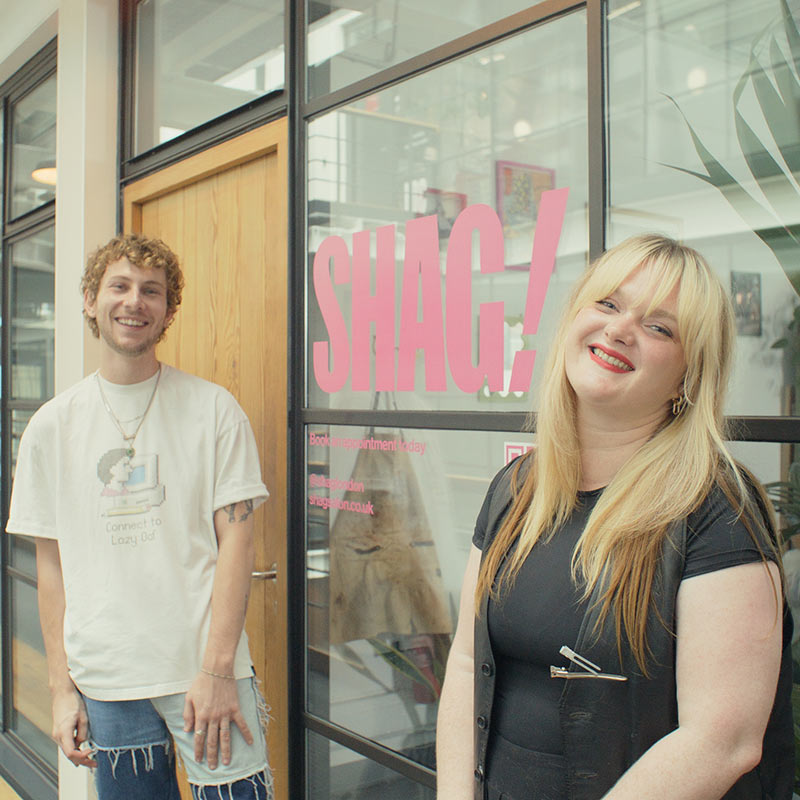
Shag! London stylists
“Inclusivity has been a huge problem in the hairdressing industry for a long time,” says the Shag! Team. “Textured hair was only recently added to hairdressing training and even that required a 100,000-signature petition to City & Guilds to get it added in.”
Shag! Salons prides itself on having built a business around inclusivity. It covers everything from the basics such as gender-neutral pricing and training in all hair types, through to more in-depth practices. “We offer a private room for any clients that may need to cover their hair for health or religious reasons. We have tried to build a space where literally anyone can come in and ask for anything they could imagine. We have also made sure all our staff are well trained in cutting textured hair and brought in experts for several styles and hair types for courses to make sure the whole team is confident.”
Investment in education is vital for the success of every business. Being up-to-date with cultural needs globally and locally allows you to provide the best client care possible and future-proof your services.
Want to discover more about trends in the beauty and wellness industry?
Check out The Future of Beauty and Wellness Report 2024 by Fresha and WGSN here.
Related
THE TOP TWO CULTURAL DRIVERS EVERY SALON OWNER SHOULD KNOW
SCHWARZKOPF PROFESSIONAL REVEALS THE 2024 #SKPCOLLECTIVE TEAM
Six social media stars from across the industry have been selected to join the prestigious team.
THIS IS THE NEW STANDARD FOR SUSTAINABLE HAIR EXTENSIONS
Bringing a new approach to hair extensions, Great Lengths has achieved B-Corp certification.

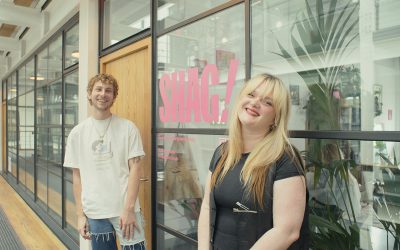
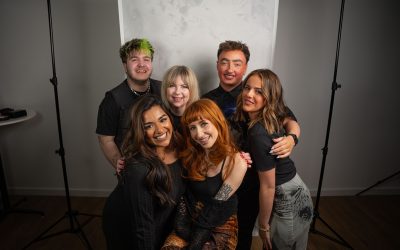

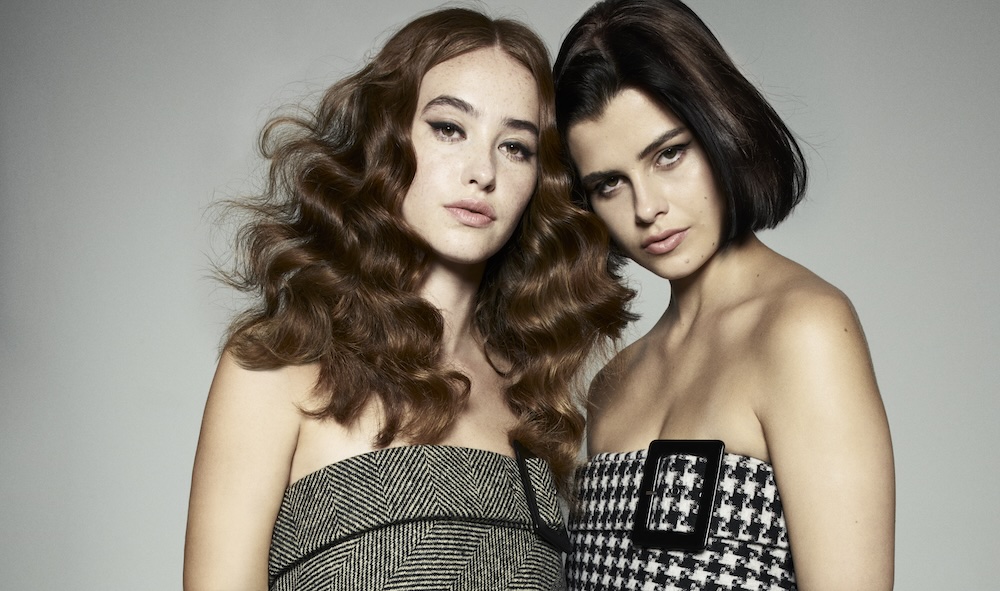




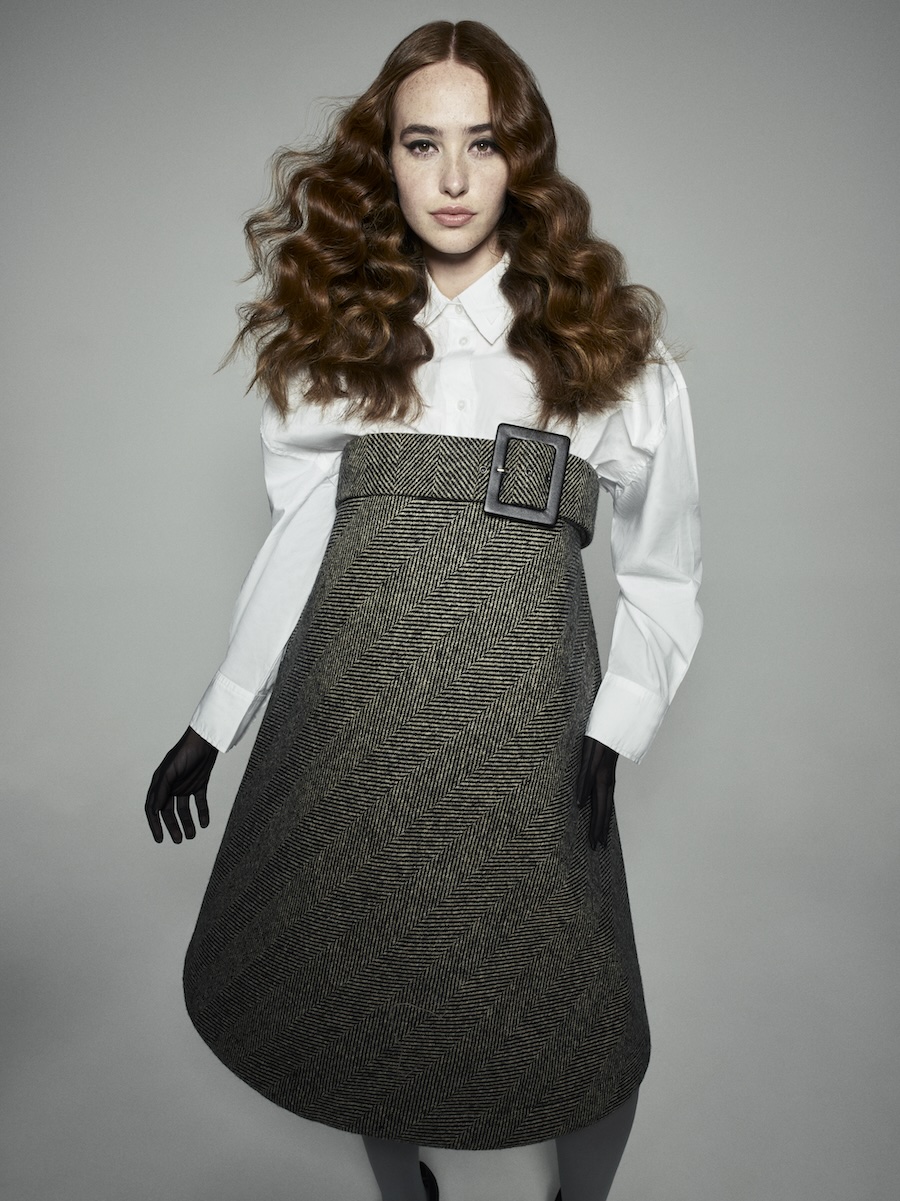
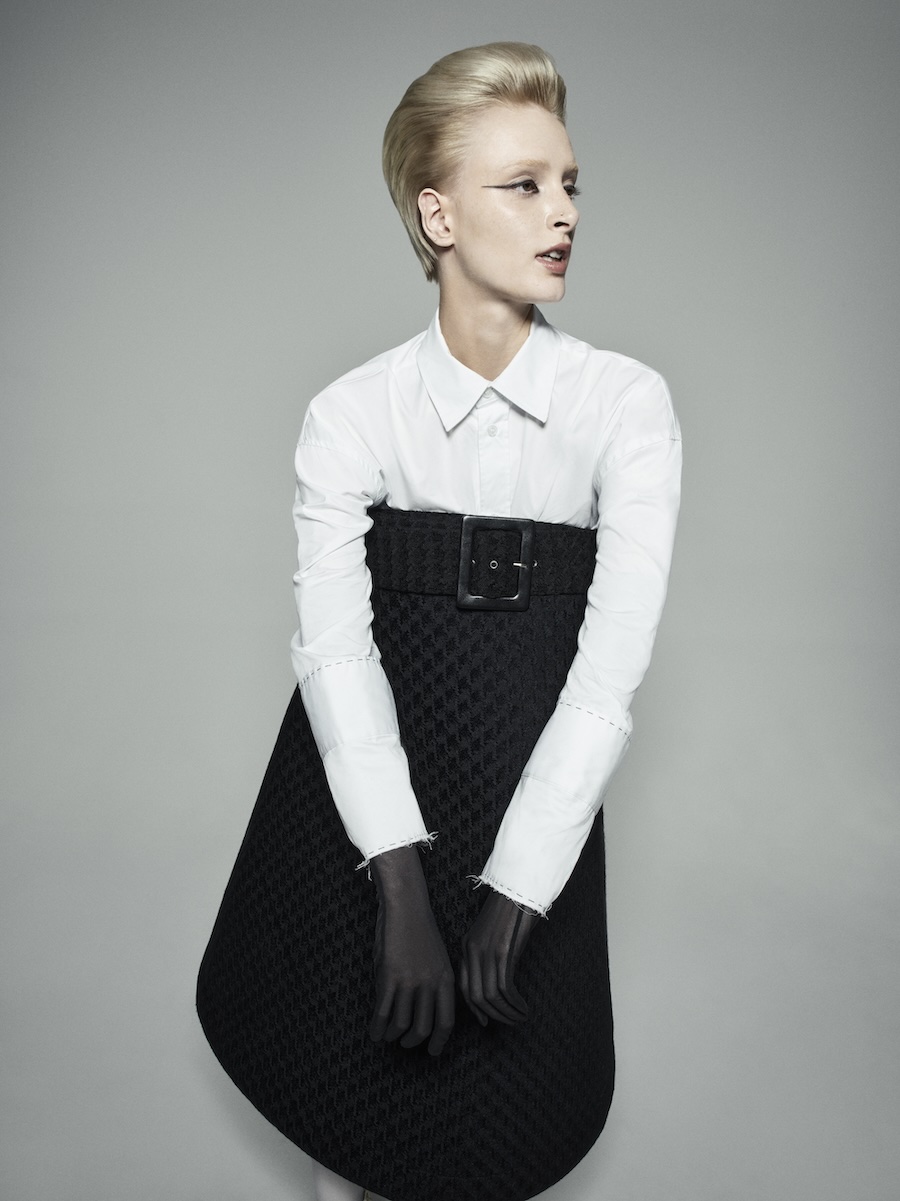
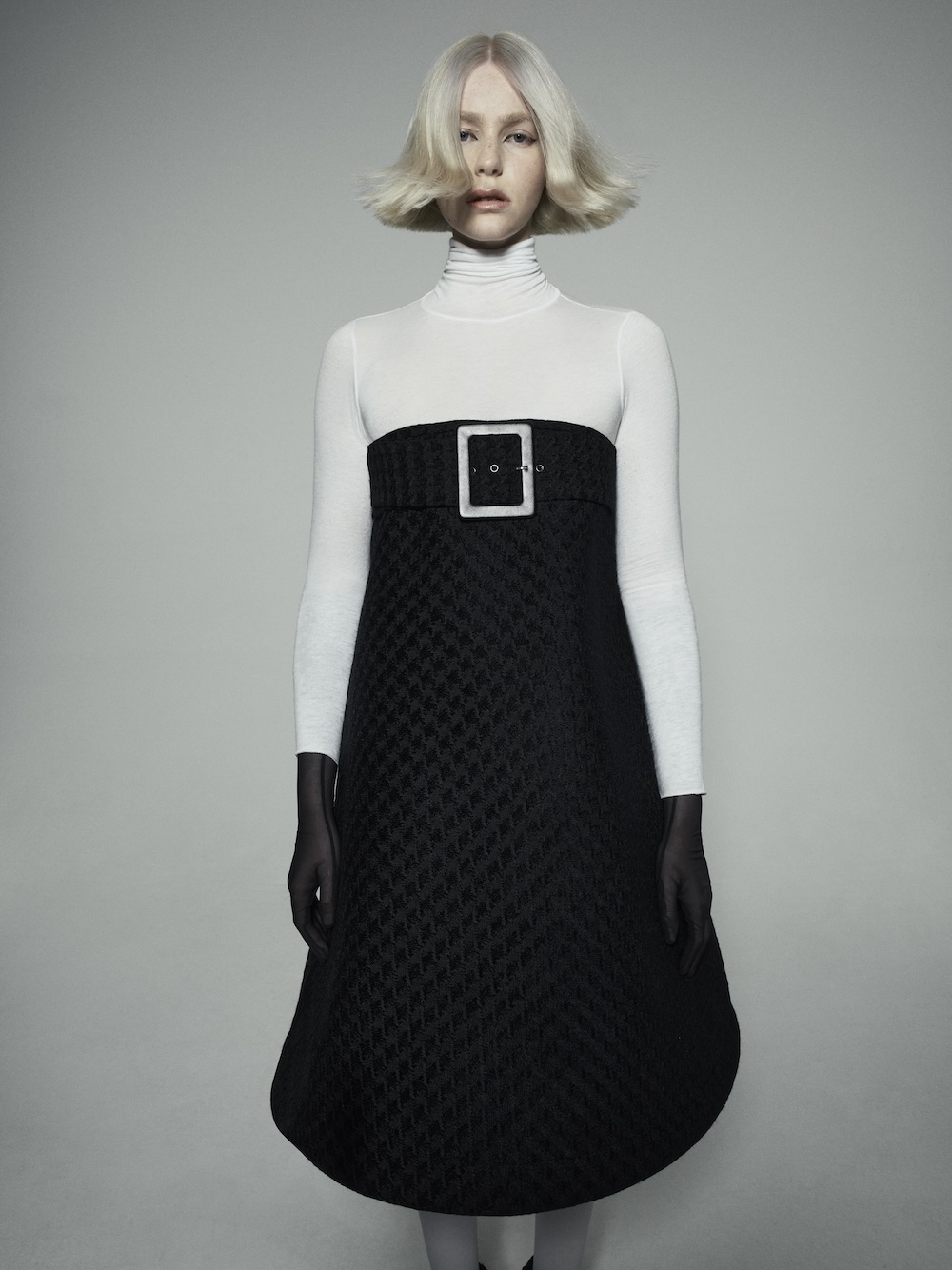


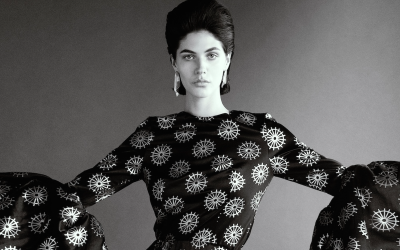
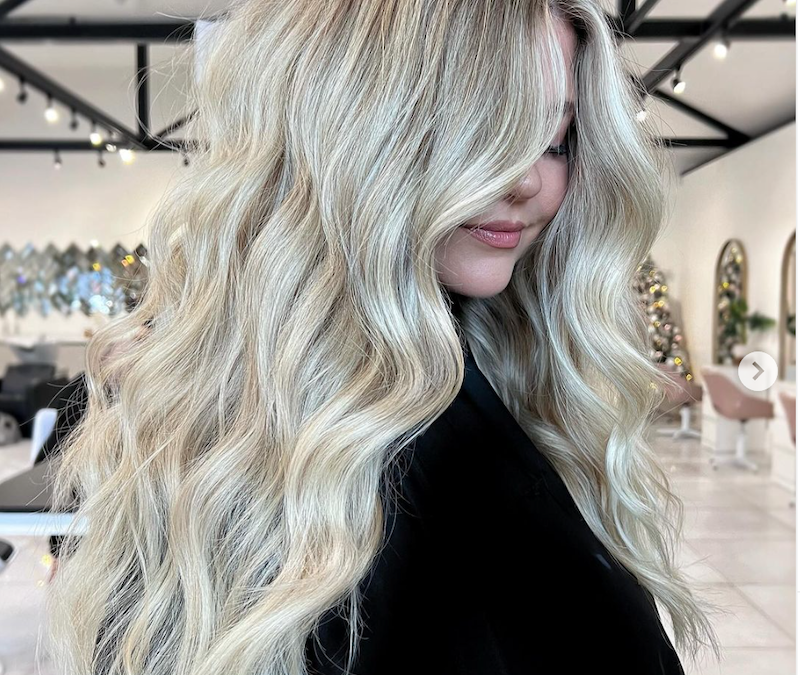
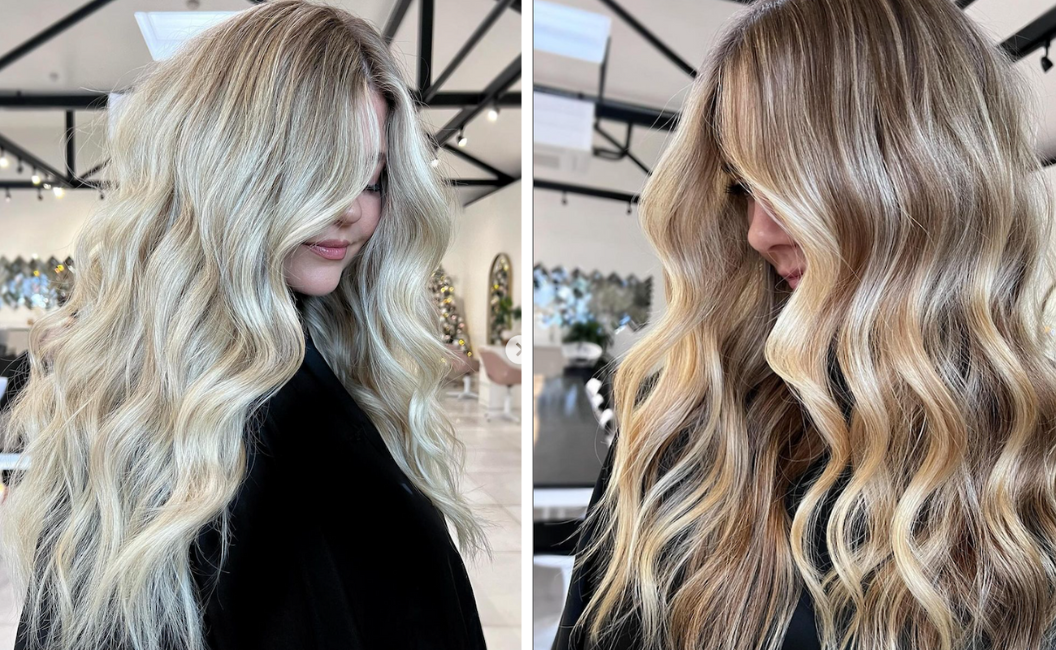
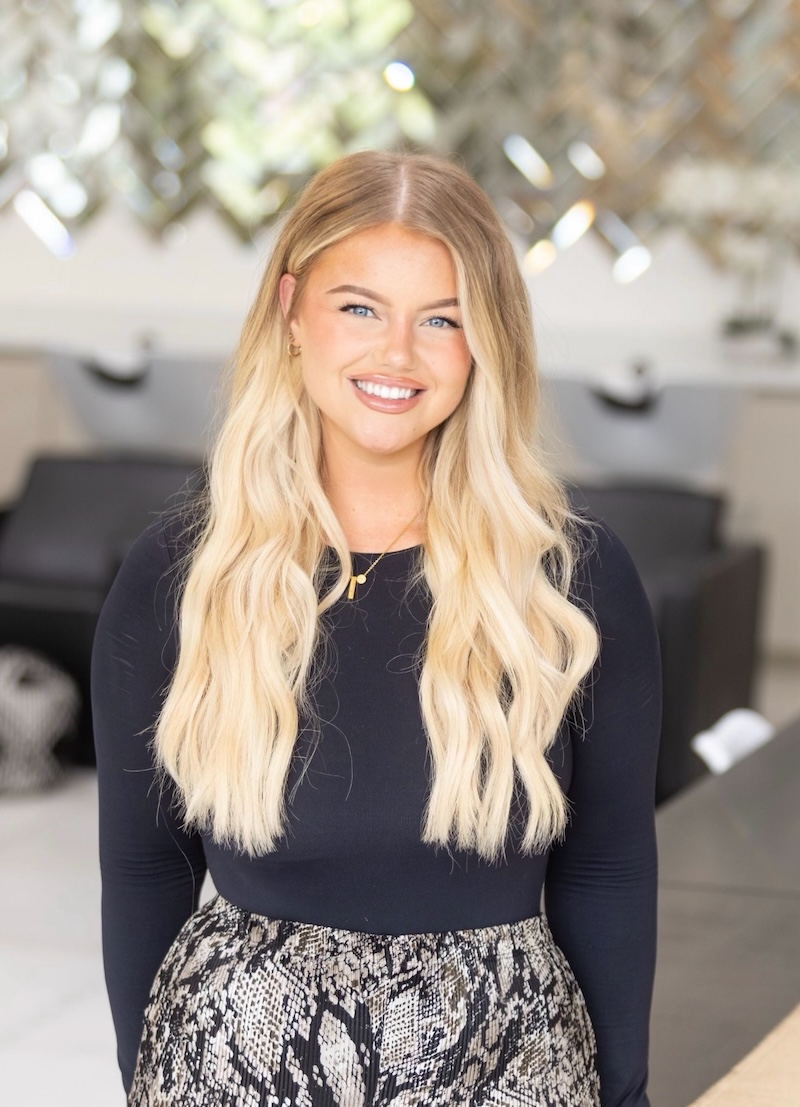



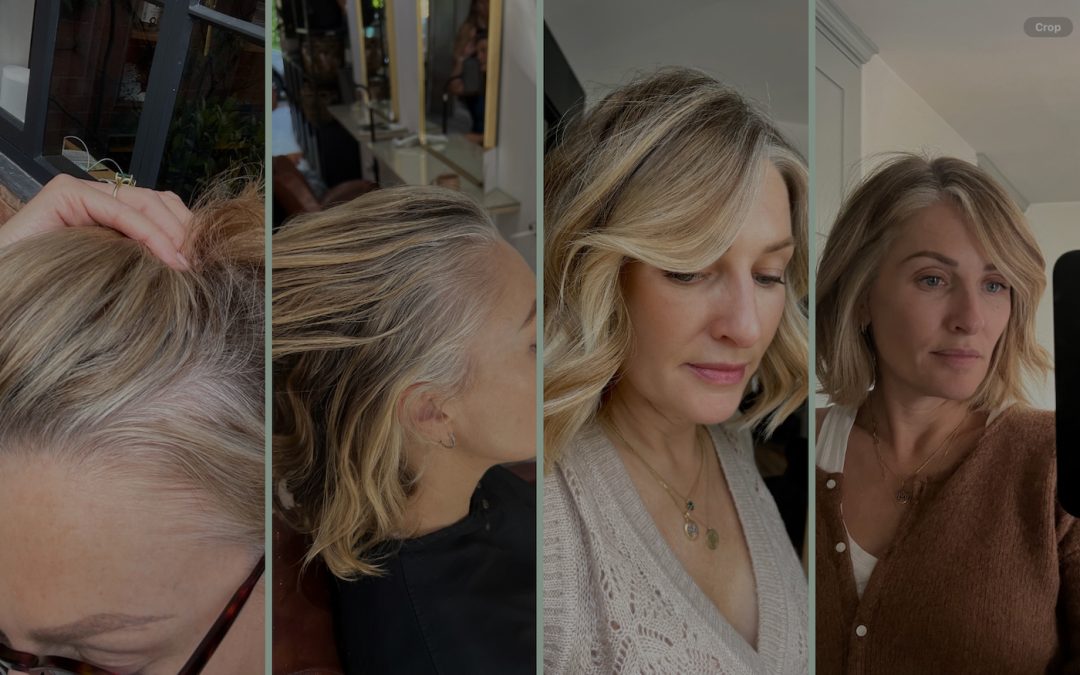
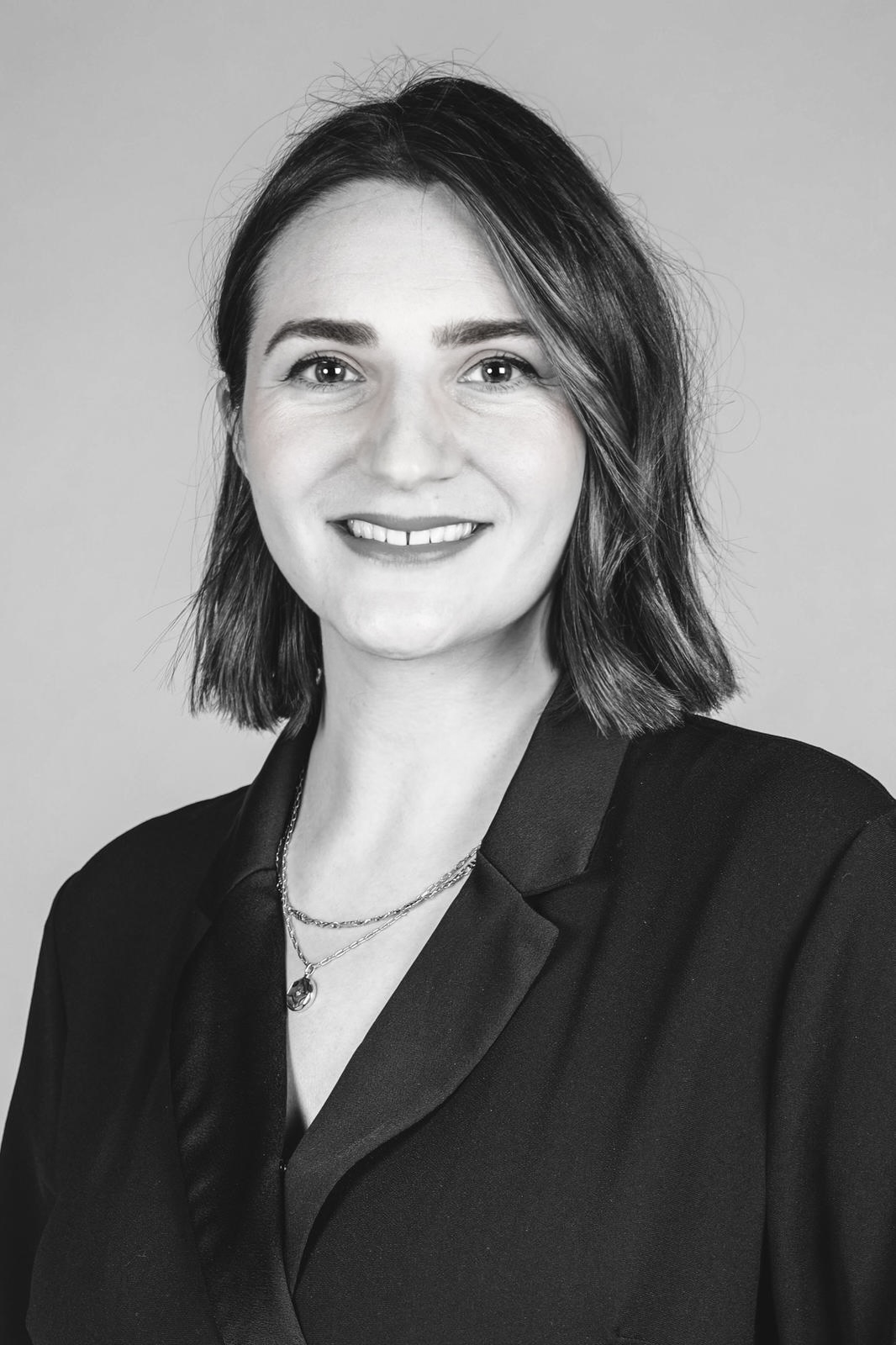


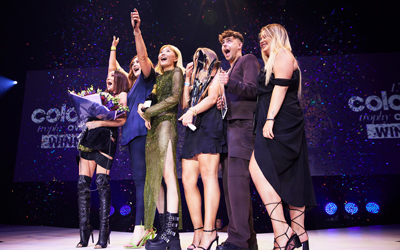
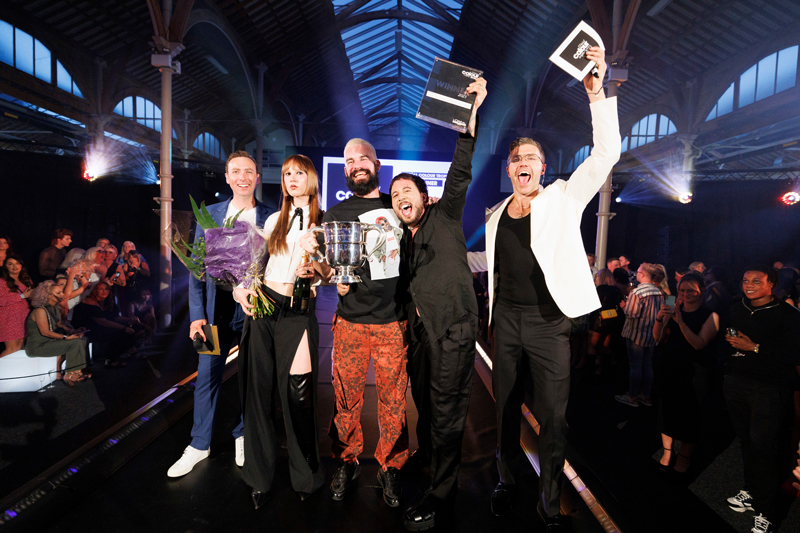

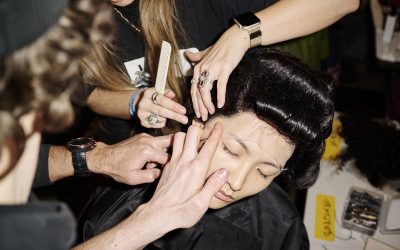
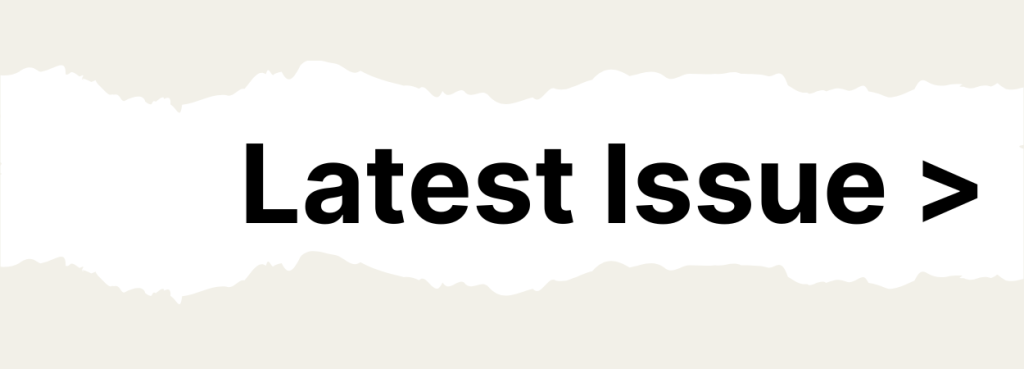
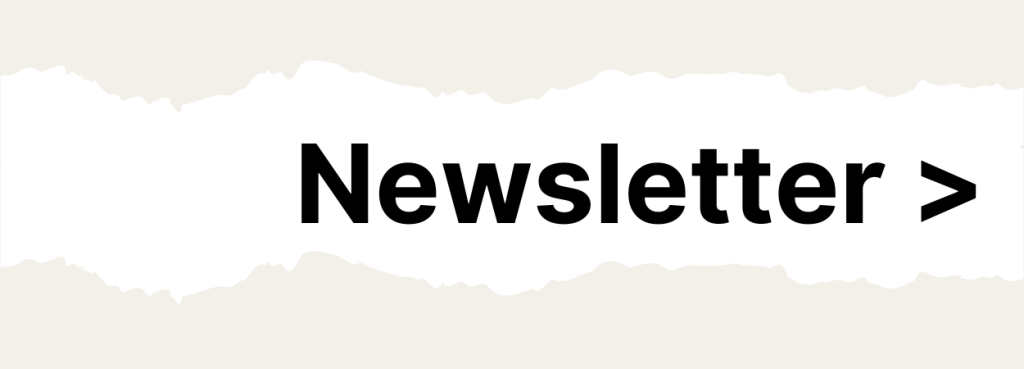



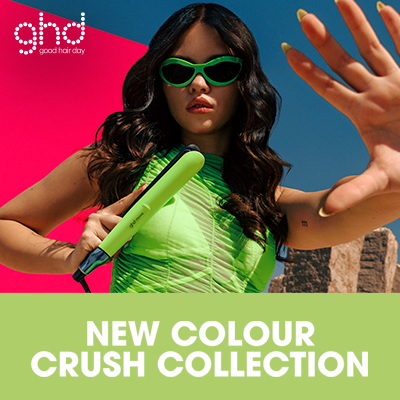













![This is THE solution to dull hair ✨
@redken’s newest system, Acidic Color Gloss, is designed to deliver shine, while being crafted for colour care.
It’s a favourite among both stylists and clients, and with good reasons! Benefits include three days of shine* and increased hydration – it’s no wonder that this revolutionary glossing range is taking the haircare world by storm.
Available as a salon service or for at home-retail, become part of the rising trend for glass-like hair with Acidic Color Gloss – buy online today at lorealpartnershop.com/uk.
*Based on consumer test, acidic color gloss glass gloss treatment
[Video by @rubyeaglinghair]
#AD #Redken #AcidicColorGloss #Haircare #HairColourist #HairStylist #ColourCare #ColouredHair](https://creativeheadmag.com/wp-content/uploads/2024/04/438960960_7428866093834011_899960383130815295_n.jpg)